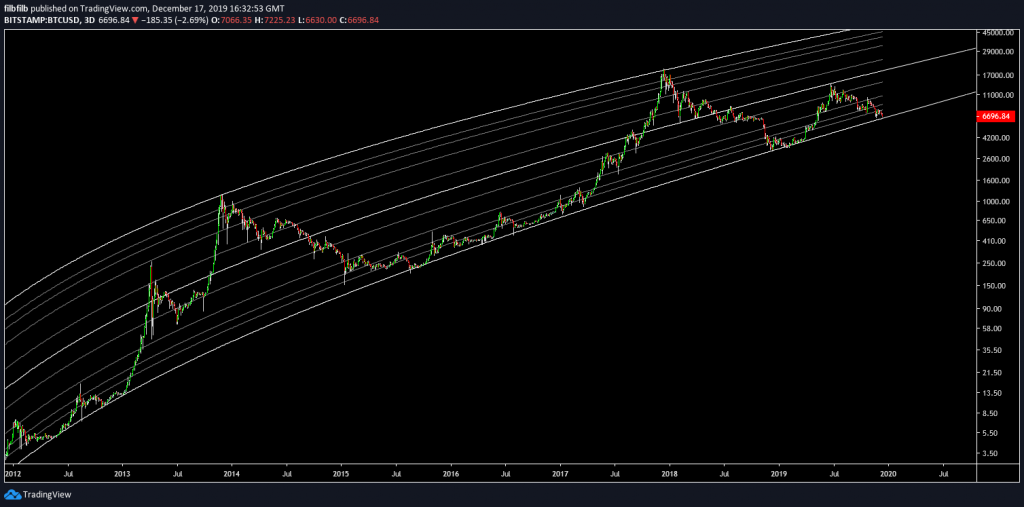Cryptocurrency-based file sharing is a big thing. TRON’s efforts in this area are particularly notable: following its acquisition of BitTorrent, the company introduce...
Cryptocurrency-based file sharing is a big thing. TRON’s efforts in this area are particularly notable: following its acquisition of BitTorrent, the company introduced token rewards for file sharers. The trend is continuing to grow, and Kim Dotcom of Megaupload fame has just announced a new cryptocurrency-based content network called K.IM.
File sharing, whether it uses crypto or not, has become closely associated with piracy. Unlike file storage services, which are (in theory) meant to back up data and host web content, file sharing services are frequently used to distribute mass media. In other words, stolen music, movies, and software run rampant.
However, some cryptocurrency-based file sharing services are trying to repair that image. Crypto rewards can be used to compensate creators, publishers, and seeders, and many blockchain projects are acknowledging this possibility. In fact, a few incentive structures are starting to spread in the file sharing world. Here’s how they work.
Paying Seeders To Share
Many projects pay out rewards to seeders, who host shared files. BitTorrent Speed, for example, allows users to pay seeders for greater download speeds, and Tribler uses “bandwidth tokens” in a similar way. On Upfiring, users pay to decrypt each file, and seeders are paid proportionally based on how many others are sharing that file.
These incentives don’t necessarily reward the creators who own the rights to a file, but rewards can have positive effects by ensuring that seeders and their files stay online. Of course, BitTorrent is already highly active, and its users hardly need encouragement, but seeder rewards may be an important building block for budding networks.
And although these rewards don’t reduce piracy directly, they may encourage better activity. Upfiring has observed that requests for rare files “became pretty prominent” on its network. Presumably, users are sharing abandonware and out-of-print media – files that are not out of copyright, but which might disappear entirely if not preserved online.
Paying Creators To Publish
Most projects aren’t just rewarding seeders: they’re trying to pay creators and rights holders as well. BitTorrent Speed acknowledges that its incentives “support content creators,” and Upfiring’s forum only allows original content. Of course, some services merely pay lip service to this idea, and few creators appear to use these services.
That said, some file sharing services are dedicated to compensating creators. AVXChange, for example, will ensure that creators earn 60% of funds from each sale, while peers will share 39% of those funds. K.IM, meanwhile, will pay creators 95% of each sale. This high amount is possible because K.IM will run its own distribution service, not a peer network.
Rewarding creators may prevent piracy, but there is an issue. Most platforms can’t fully verify that uploaders own the distribution rights for the files they are sharing. Though some services try to enforce rights, users may be able to upload pirated media and monetize it. Perhaps market forces will mainly reward actual creators, but this is still unproven.
Paying Users For Links
Some platforms aren’t trying to reduce piracy. Instead, they’re trying to protect already-legitimate sharing from overzealous enforcement. Quality Magnet Coin, for instance, is using blockchain as the basis of a torrent index. This index cannot be taken down or censored, and QMC is also planning to pay crypto tokens for fresh links.
QMC has good reason to preserve these links. Since 2014, the Pirate Bay has been caught in a game of whack-a-mole. As authorities block and shut down instances of the site, new proxies and mirrors pop up in other places. The Pirate Bay might be able to endure this, but smaller sites might not be able to survive – and QMC could solve the problem.
Even though QMC might not prevent piracy, the team has claimed that it has “no intention of copyright infringement.” It has added that information is often silenced, and that users can post what they wish to post. Still, QMC will probably promote piracy to the same extent that other torrent trackers do, even if its team suggests otherwise.
Will Anyone Use These Services?
It’s not clear if cryptocurrency-based file sharing will gain much traction. Upfiring only has about 30 users per month, while BitTorrent Speed publishes no usage data. K.IM and AVXChange are works in progress, and QMC has been inactive on Github since December 2018. Some services may gain traction, but things are starting slowly.
Plus, nobody really knows how widespread legitimate file sharing is, token incentives or not. The Pirate Bay has dubiously suggested that 80% of its torrents are legal. Meanwhile, a study from Princeton University suggests that only 1% of torrents are legal. Perhaps the true numbers are somewhere in between, but that does not say much.
In any case, piracy will occur no matter what, as we have previously observed . It’s possible that file sharing and creator rights can exist in harmony, but that isn’t the case right now. Cryptocurrency could revolutionize music and movie distribution, but the full potential of these initiatives probably will not become clear for quite some time.
The post Cryptocurrency-Based File Sharing: Three Anti-Piracy Incentive Models appeared first on Crypto Briefing.
source https://www.tokentalk.co/Crypto Briefing/cryptocurrencybased-file-sharing-three-antipiracy-incentive-models-5d949147b63a72fb0b631ce4

No comments:
Post a Comment